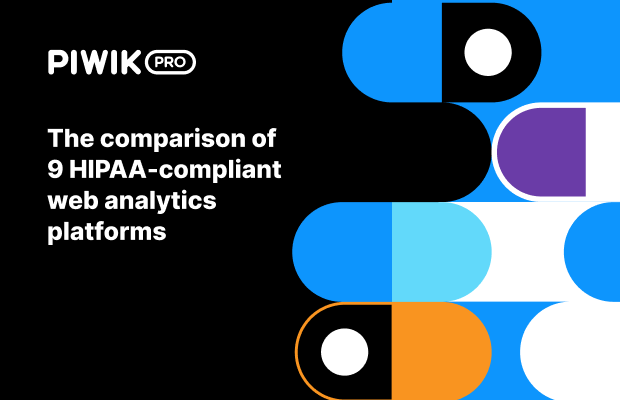Behavioral data consists of information about a customer’s interaction with your business. It is typically first-party data collected through marketing automation systems, social media channels, websites, mobile apps, CRM systems, emails, offline sources, and more.
Behavioral data includes both positive and negative user interactions, such as:
- Page views
- Button clicks
- Form submissions
- File or app downloads
- Newsletter sign-ups
- Adding an item to the cart
- Abandoning a cart
- Creating an account
- Reacting to a social media post
- Canceling an order
- Writing comments or reviews
Behavioral data goes beyond demographics like age, gender, location, and job title to help you identify customers’ wants and needs. You can analyze the actions performed by existing customers, as well as by prospects or first-time visitors.
You can benefit from behavioral data by:
- Optimizing marketing campaigns
- Understanding and mapping customer journeys
- Optimizing sales processes – improving customer acquisition and retention, reducing churn, and improving customer LTV
- Discovering ways to make your company’s operations more efficient
- Segmenting users based on their shared interests, issues, and needs to serve them with personalized content
- Collecting insights for product development
- Identifying friction-heavy touchpoints for users
- Predicting customers’ future behavior based on their past actions
Behavioral data reflects your relationship with customers. If you accurately segment customers and target them with the right content, they might feel like the brand is speaking directly to them.
Just like with transactional data, you can put behavioral data into action using a customer data platform.









